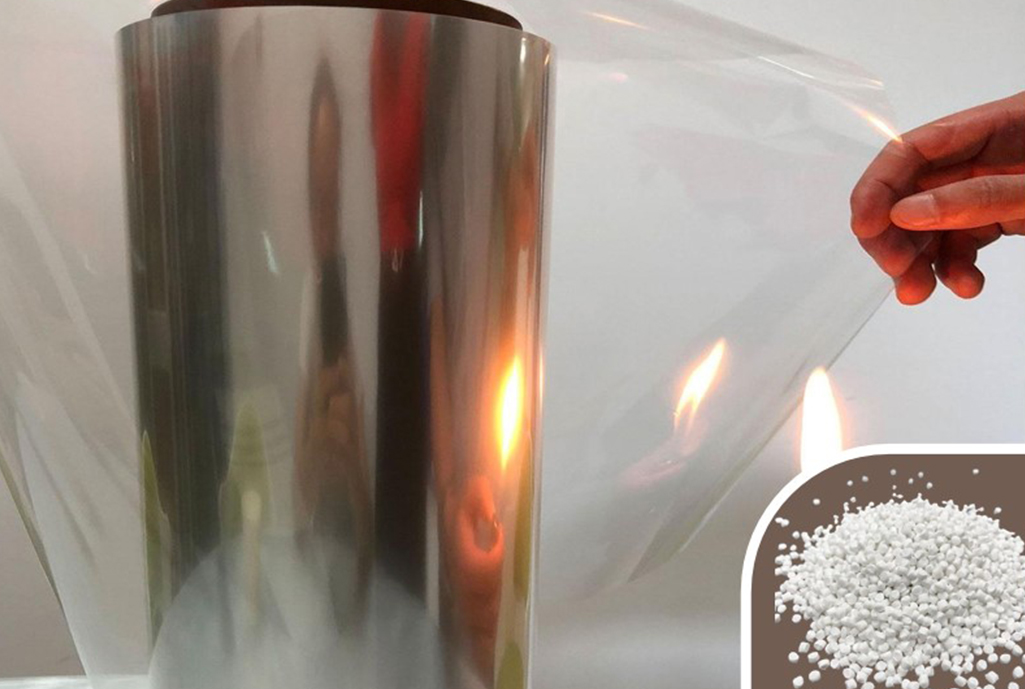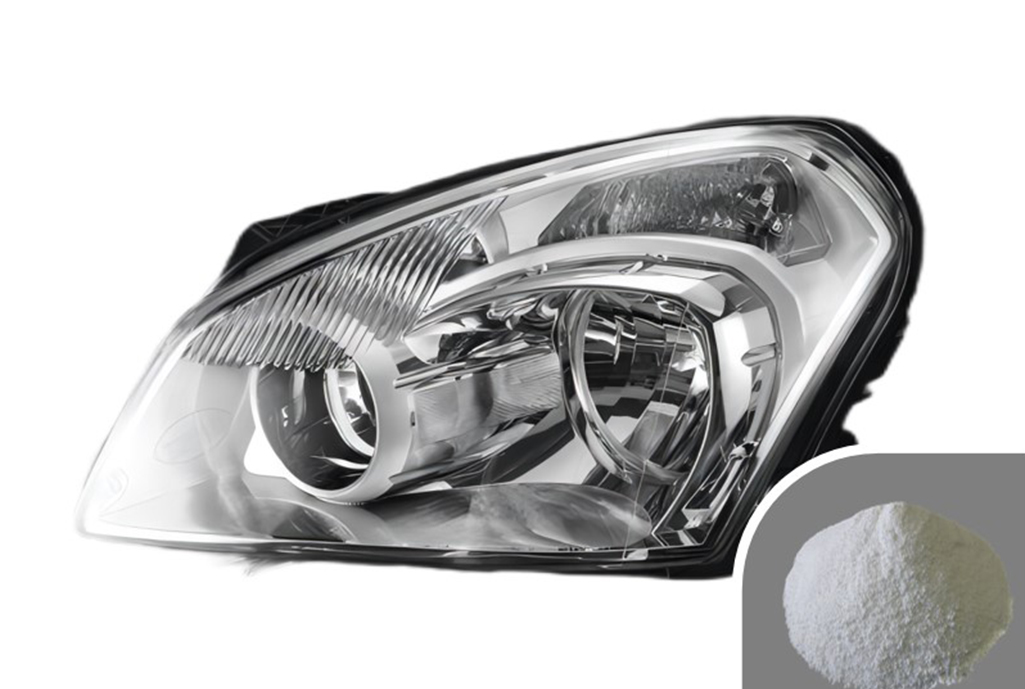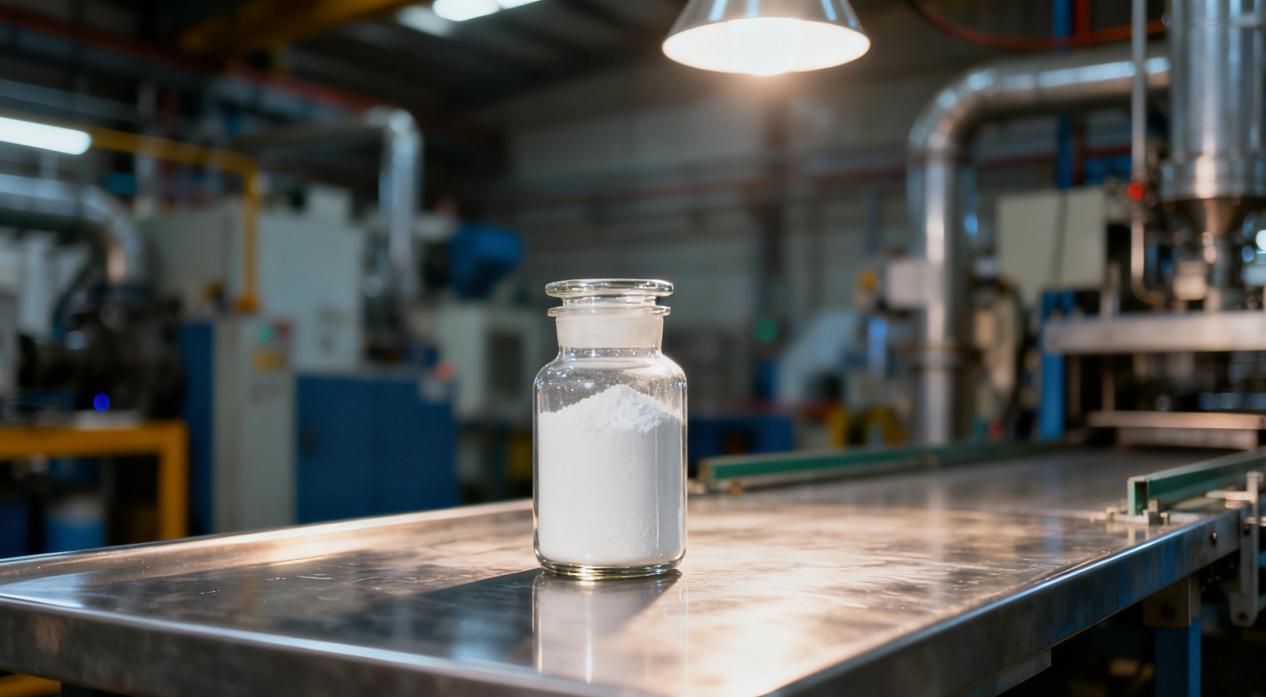A Deep Dive into Composite Flame Retardant Technology: From Mechanism to Application
2025-10-15
The field of fire safety is constantly evolving, driven by the need for more effective and sustainable solutions. At the forefront of this evolution is the composite flame retardant. These advanced materials are not just simple additives but are carefully engineered systems that exploit multiple physical and chemical mechanisms to combat fire. Understanding their underlying principles and diverse applications is key to appreciating their significance in today's industries.
The Science Behind Composite Flame Retardants
The effectiveness of a composite flame retardant lies in its multi-modal approach to fire suppression. This often involves a combination of three primary mechanisms:
Condensing Phase (Charring): When the material is exposed to heat, one component of the composite flame retardant system promotes the formation of a stable, carbonaceous layer (char) on the surface. This char acts as an excellent insulator, preventing heat from reaching the underlying material and limiting the release of combustible gases. Phosphorus-based compounds, for example, are known to be highly effective char promoters.
Gas Phase Inhibition: Another component of the composite flame retardant works in the gas phase. As the material decomposes, this component releases non-flammable gases like water vapor, ammonia, or carbon dioxide. These gases dilute the concentration of flammable gases and oxygen in the flame's vicinity, effectively starving the fire. Nitrogen-based compounds are often used for this purpose.
Endothermic Cooling: Some mineral fillers, like aluminum hydroxide or magnesium hydroxide, are often included in a composite flame retardant formulation. When heated, these compounds undergo an endothermic reaction, absorbing a significant amount of heat. This cooling effect further reduces the temperature of the material, making it more difficult for it to reach its ignition point.

Applications Across Industries
The versatility of the composite flame retardant has led to its widespread adoption across a variety of sectors. In the construction industry, they are used in insulation materials, cables, and structural components to enhance building safety. The use of fire-retardant plastics and textiles in public spaces like theaters, airplanes, and trains is crucial for passenger safety, and here too, composite flame retardants are the preferred choice due to their high efficiency and low toxicity.
The electronics industry is another major user. Circuit boards, casings for consumer electronics, and wiring all require excellent fire resistance to prevent the spread of fire from a faulty component. Formulations of composite flame retardants are specifically designed to meet the strict flammability standards required for electronic products. Furthermore, in the textile and furniture industries, they are incorporated into fabrics for upholstery, mattresses, and curtains to meet strict flammability regulations and protect against fire hazards in homes and commercial settings.
The future of composite flame retardant technology looks bright, with ongoing research focused on developing even more sustainable and efficient formulations. The trend is towards non-toxic, halogen-free systems that not only provide superior fire protection but also minimize their environmental footprint. This continuous innovation ensures that these advanced materials will remain at the core of fire safety efforts for years to come.




















